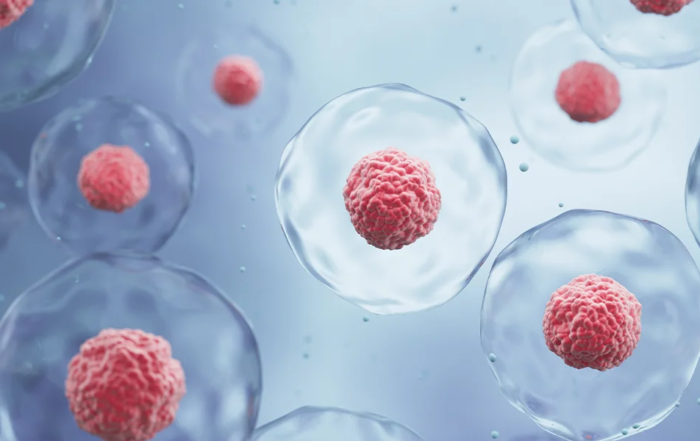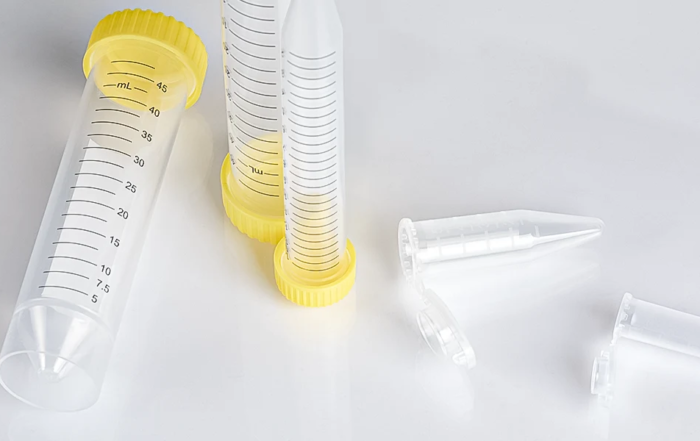Table of Content

Screw Cap Micro Tubes are the best choice for samples transfer, centrifuge or short and long term storage. Recently, we launch a new generation of Screw Cap Micro Tubes, and here, please let us introduce the difference between the Old Generation and New Generation for you. Let’s make a comparison on the 2.0mL screw cap micro tube, The new one Cat.# WG60016 and the old one Cat.#WG60020.
1.Size
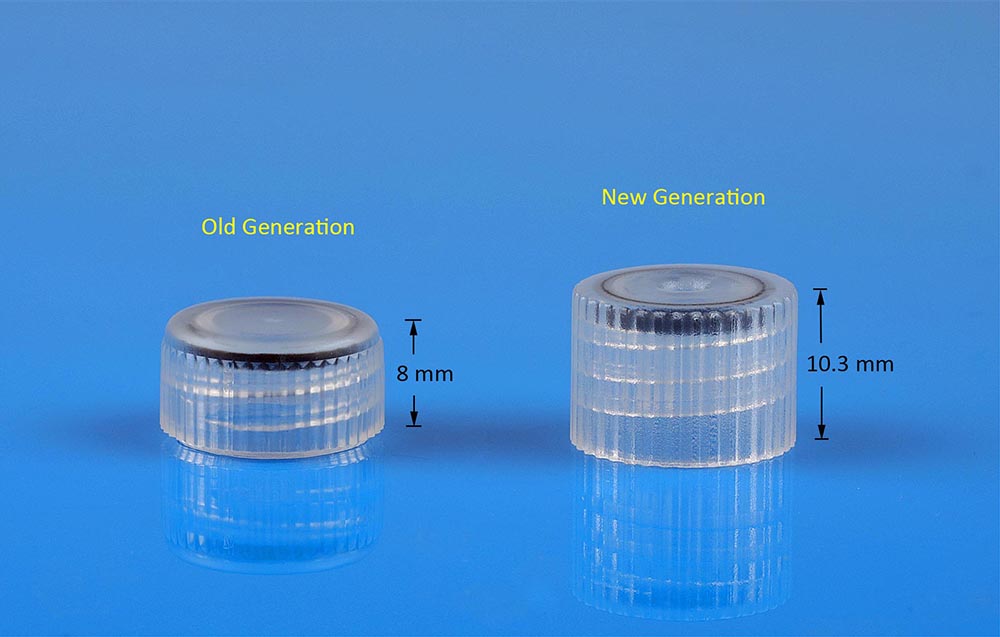
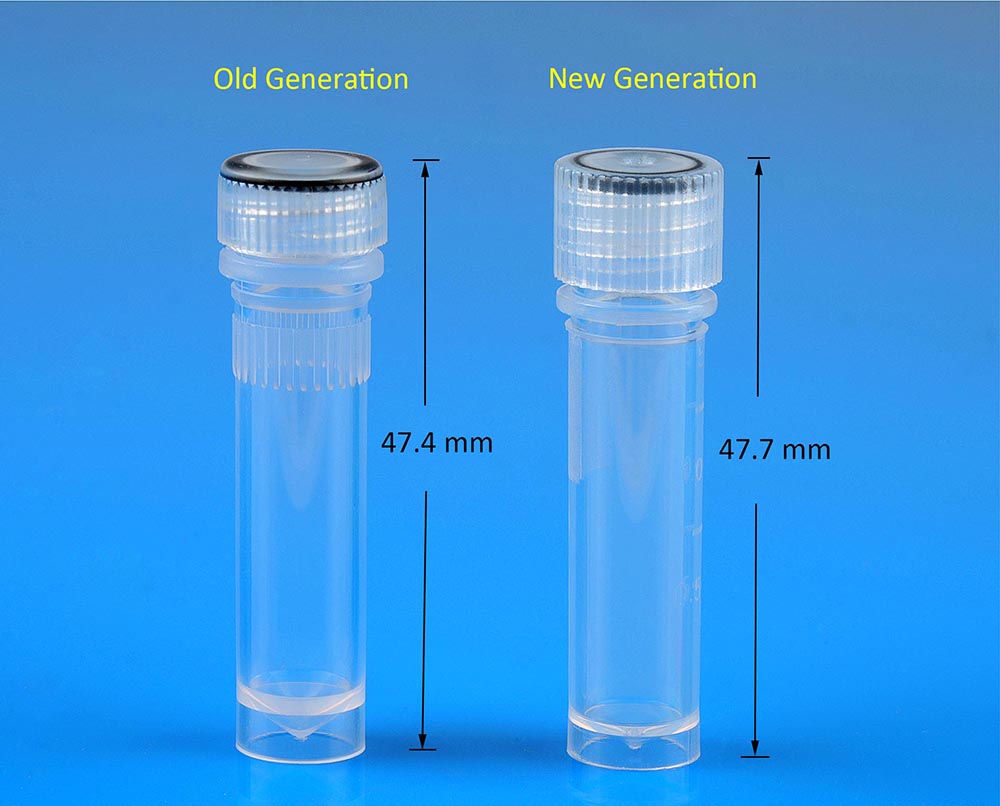
For the length of cap, as shown in the pictures, the New Generation is 10.3mm while the Old one is 8mm. And the total length of New Generation is 47.7mm, while the Old Generation is 47.40mm. According to the test, higher cap would be easier for handling. With small difference in total length, New Generation would be a better choice for you
2. Graduation & Writing area
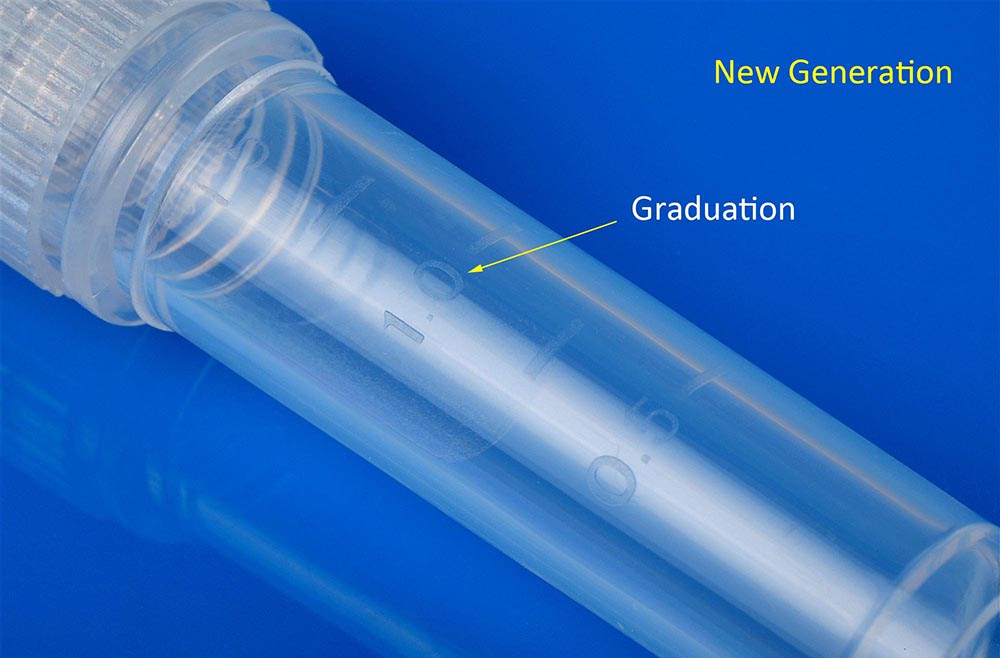
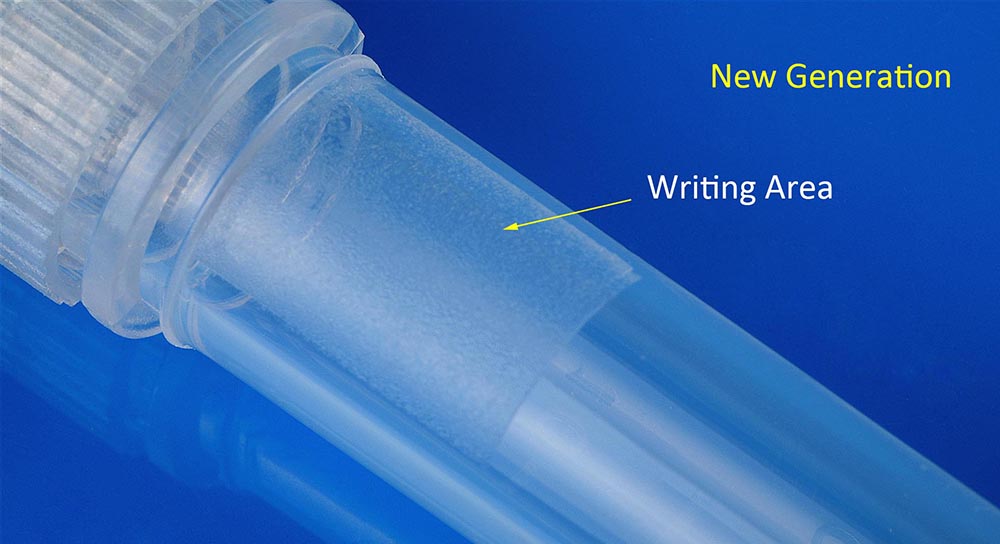
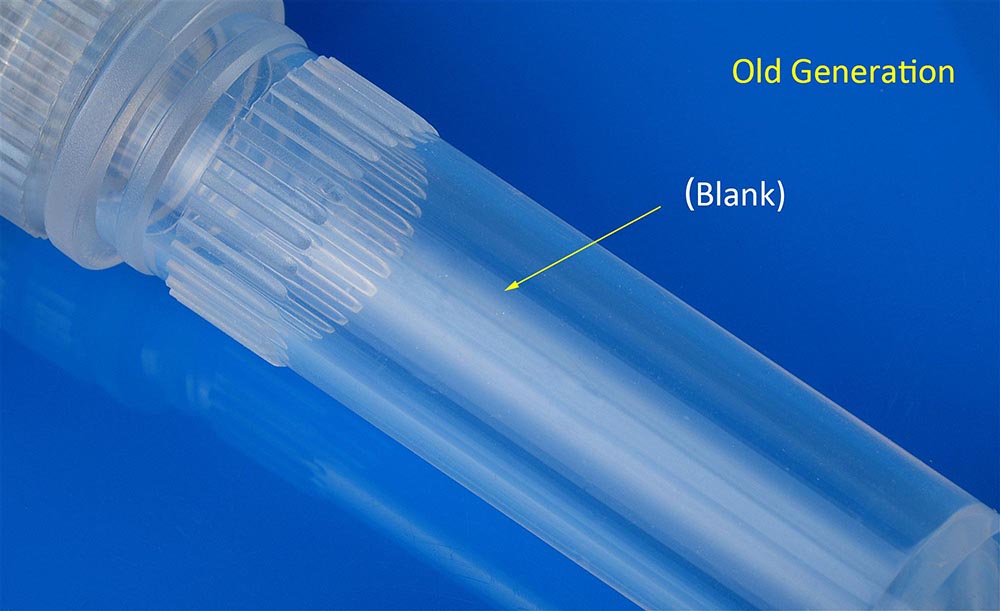
After research, it would be more convenient for some researchers to use the tube with Graduation and Writing area. Therefore, to improve user experience, we add the Graduation and Writing area on the tube in New Generation.
3. Weight
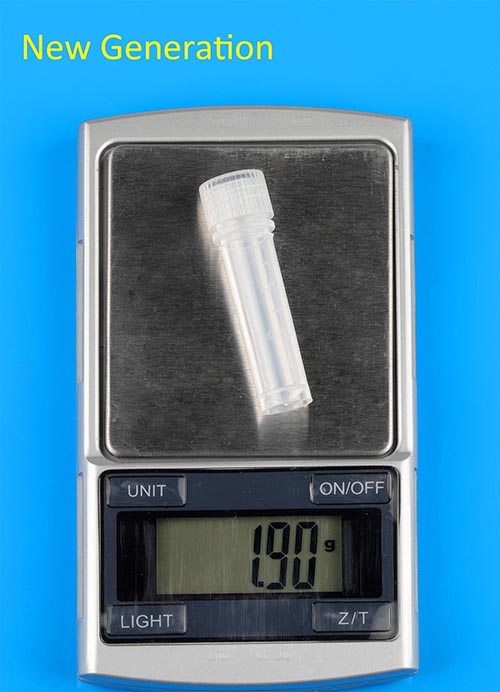
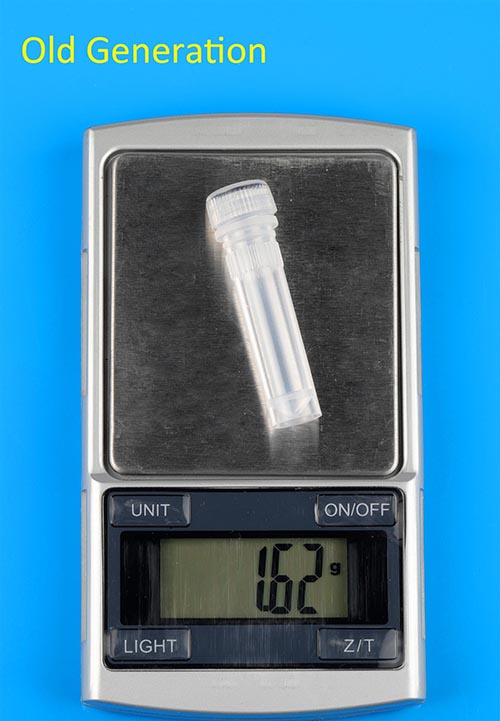
The New Generation is 1.90g in weight, while Old one is just 1.62g.
With more raw material, New Generation would be harder and steadier, so have excellent performance under cryogenic storage.
What is Cell Therapy Manufacturing?Essentials and manufacturing processes for cell therapies
Cell therapy is rewriting the rules of modern medicine. Imagine a treatment that uses a patient’s own immune cells, reprogrammed in a lab to hunt down and destroy cancer—this is no longer science fiction [...]
Why use filter pipette tips? A Comprehensive Guide to Filter Pipette Tips
In laboratory workflows, unseen threats like aerosol contamination, residual liquid carryover, and cross-contamination can silently sabotage experimental results. This is where filter pipette tips step in—not just as disposable tools for liquid handling, but [...]
The Comprehensive Guide to Centrifuge Tubes
Centrifuge tubes are indispensable tools in modern laboratories, enabling the separation of samples by density through high-speed spinning. Widely used in scientific research, medical diagnostics, and industrial processes, these tubes play a critical role [...]








